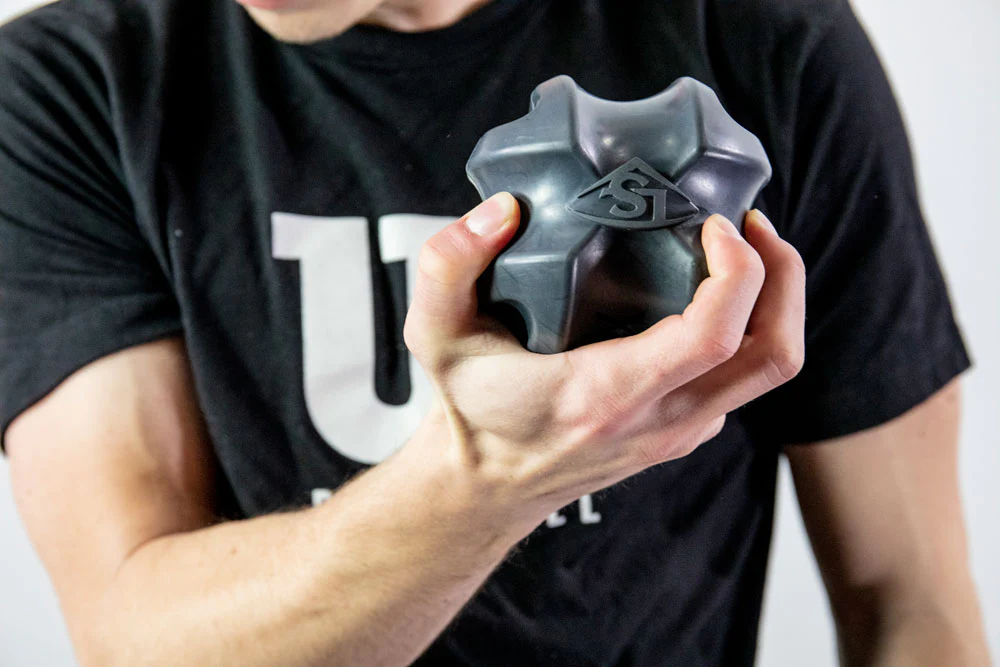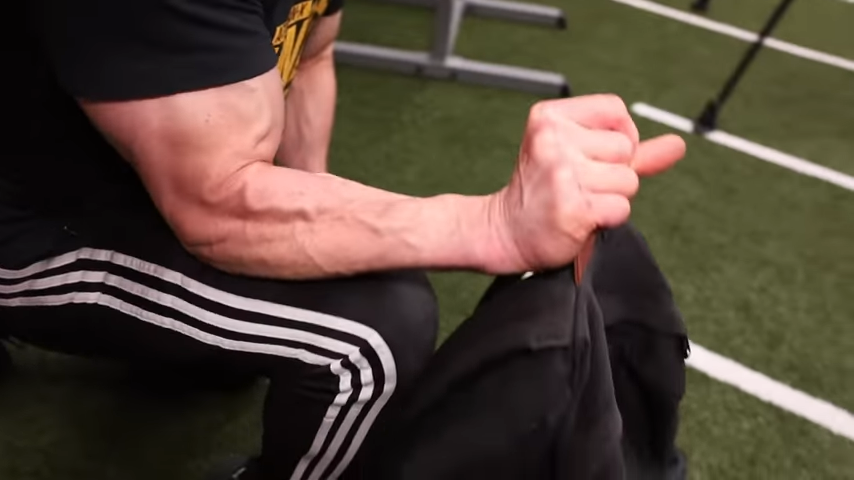
Grip strength is an essential skill for pitchers, as it directly impacts their ability to throw accurate, powerful pitches. A strong grip allows pitchers to maintain control of the ball, manipulate its movement, and generate higher velocity. By incorporating grip strength training into their routines, pitchers can improve their overall performance on the mound. In this post, we’ll dive into the importance of grip strength for pitchers and provide some effective training methods to enhance their control, velocity, and reduce injury risks.
How Grip Strength Enhances Control

One of the most important aspects of pitching is control, and a strong grip plays a pivotal role in ensuring the ball is thrown accurately. When pitchers have a firm grip, they can maintain consistency in their release point, which is crucial for precise pitching. Grip strength training exercises help strengthen the muscles in the hands, wrists, and forearms, enabling pitchers to hold onto the ball with confidence. This results in improved accuracy and command, making it easier to hit specific spots and control the pitch’s movement.
Mastering Pitch Manipulation

Different pitches require varying amounts of grip strength and finger placement to create the right amount of spin and movement. Whether it’s a fastball, curveball, slider, or changeup, pitchers need strong fingers and hands to control the ball’s movement. A stronger grip allows for better manipulation of the ball, particularly on breaking pitches. For example, when throwing a curveball, the pitcher can apply more pressure to the ball, creating a sharper spin and making the pitch more difficult for hitters to track. A well-developed grip helps keep batters off-balance, giving the pitcher a competitive edge.
Increasing Velocity with a Strong Grip

A solid grip isn’t just about control—it also helps increase pitch velocity. When a pitcher grips the ball tightly and maintains firm control, they can transfer more energy from their lower body through their arm, ultimately generating more speed. A strong grip prevents the ball from slipping or rolling off the fingers too early, ensuring that the power generated during the windup is fully transferred at the release point. Grip strength exercises targeting the forearms and fingers, such as wrist curls and plate pinches, can help pitchers develop the strength necessary to throw faster, more powerful pitches.
Preventing Injuries with Better Grip Strength

Pitching is tough on the arm, shoulder, and wrist, and without proper grip strength, pitchers are more prone to injuries. A stronger grip helps stabilize the wrist and forearm, reducing stress on the joints and tendons during the pitching motion. By enhancing grip strength, pitchers can reduce the risk of strains, sprains, and overuse injuries. This means that consistent grip strength training not only improves performance but also helps protect a pitcher’s arm health over the long term.
Grip Strength Training Methods

To improve grip strength, pitchers should incorporate specific exercises into their training routine. Below are a few effective exercises that target key muscles involved in gripping the ball:
Grip Strengtheners

Grip strengtheners, such as hand grippers or stress balls, are excellent tools for building hand strength. To use, squeeze the grip strengthener for a few seconds and then release. Repeat for 10-15 repetitions with each hand, completing 3-4 sets. This exercise will help strengthen the fingers and palms, which are essential for a firm grip on the ball.
Wrist Curls

Wrist curls are a great exercise for strengthening the forearms and improving grip strength. To perform wrist curls, sit on a bench with your forearm resting on your thigh, palm facing upward. Hold a dumbbell or barbell and curl your wrist upward, then slowly lower it back down. Aim for 2-3 sets of 10-15 repetitions with each hand. This exercise targets the forearm muscles, which are crucial for maintaining a firm grip during pitching.
FAQs: Everything You Need to Know About Grip Strength for Pitchers
Q: How does grip strength affect a pitcher’s performance?
A: Grip strength enhances a pitcher’s control over the ball, allows for better manipulation of pitches, increases velocity, and helps prevent injuries by stabilizing the wrist and forearm.
Q: What are some effective exercises to improve grip strength?
A: Some great exercises include grip strengtheners, wrist curls, and towel hangs. These target the key muscles in the hands, forearms, and wrists that are crucial for a strong grip.
Q: How does grip strength affect pitch velocity?
A: A stronger grip allows pitchers to transfer more power from their lower body through their arm, generating more speed. It also helps prevent the ball from slipping off the fingers too early, ensuring optimal energy transfer at the release point.
Q: Can grip strength help prevent injuries?
A: Yes, grip strength helps stabilize the wrist and forearm, reducing stress on the joints and minimizing the risk of strains, sprains, and overuse injuries.
Q: How often should pitchers train for grip strength?
A: Pitchers should incorporate grip strength exercises into their regular training routine, ideally 2-3 times a week, to build and maintain strength in their hands, forearms, and wrists.
Q: Can grip strength exercises be done in conjunction with other pitching drills?
A: Absolutely! Grip strength exercises should complement other pitching drills. They help build the foundation for effective pitching by improving control, velocity, and endurance.
Conclusion: The Importance of Grip Strength for Pitchers
Grip strength is a key factor in a pitcher’s overall performance. It enhances control, helps manipulate pitches, increases velocity, and prevents injuries. By incorporating grip strength training exercises into their routine, pitchers can significantly improve their effectiveness on the mound. Exercises like grip strengtheners, wrist curls, and towel hangs will help build the necessary strength in the hands, forearms, and wrists to maximize a pitcher’s potential. Remember, a strong grip is the foundation for success as a pitcher. Consistent grip strength training will ensure pitchers have the control, velocity, and durability they need to excel on the mound.
